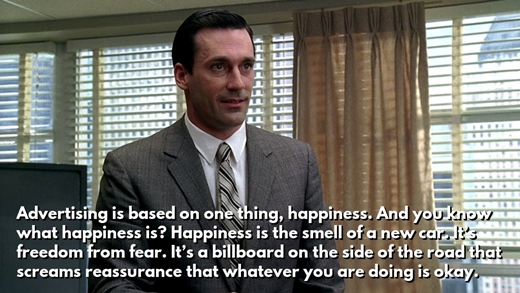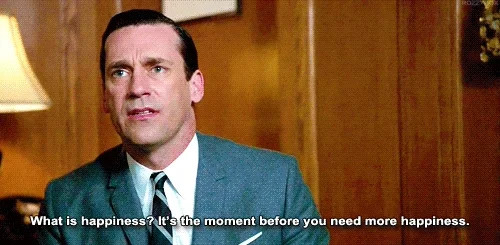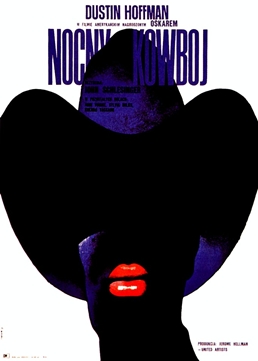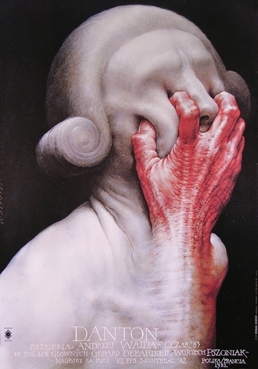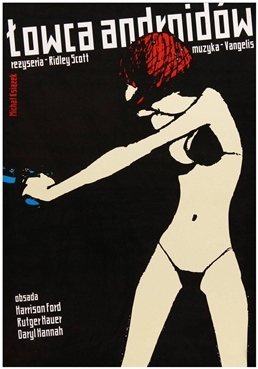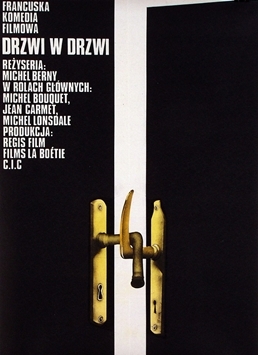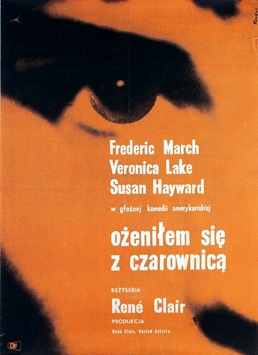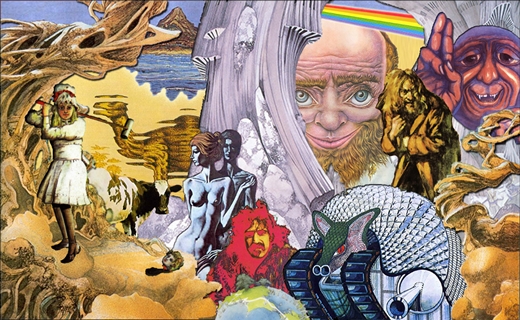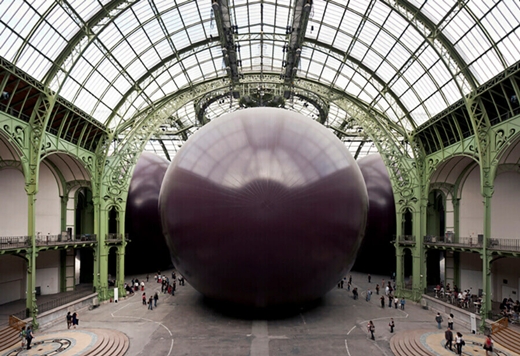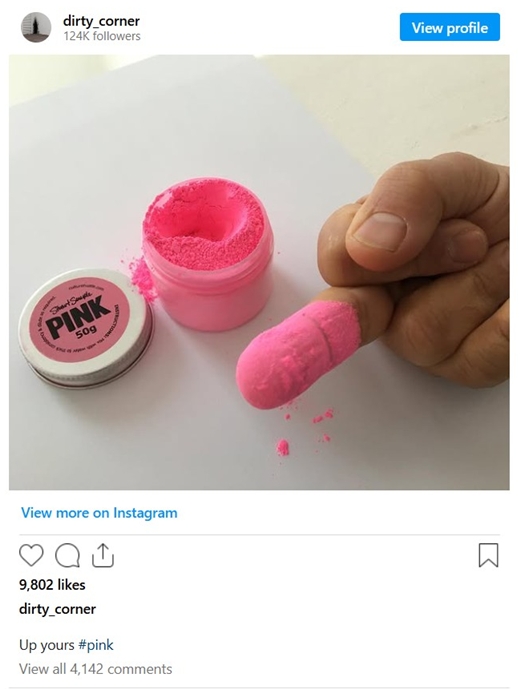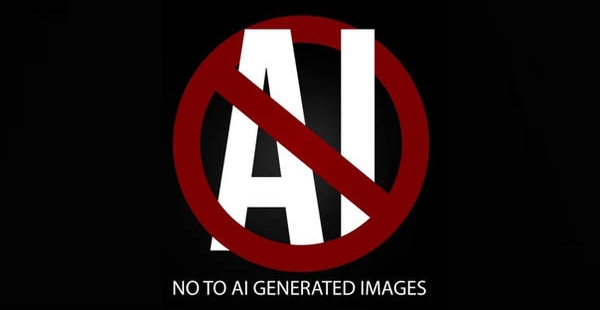Rubbery reading, rubbery resurrection
typed for your pleasure on 15 October 2025, at 7.32 pmSdtrk: ‘An offering’ by Lake Ruth
As you are well aware, Dear Reader, it’s been an uncomfortable length of time since I’ve written anything substantial pertaining to Synthetiks on ‘Shouting &c.’. Believe me, that’s not intentional. The major reason behind that is since the last time I wrote a dedicated post about Dolls, which was back in *checks notes, grips chest tightly* 2015, the landscape has changed drastically, in that it’s expanded. It’s exploded! When I was ‘regularly’ banging out instalments of ‘Any Synthetiks-related news, Davecat?’, I could count the number of brands of companion Dolls on maybe two and a half hands; as of this writing, there are now around 45. How’s a bloke supposed to keep up with all of that *coughespeciallywhenheisntpaidtodosocough*?? I mean, I’m glad that there are as many choices that the aspiring modern iDollator can select from, in terms of heads, bodies, skintones, details, shoe sizes, boob sizes, and the like, but from a reporting standpoint, that’s a full time job! Hint hint!!
However, just because my up-to-the-minute reporting on Gynoid and Doll developments has come to a near-standstill, I can say that there are three new and current pieces of news worth mentioning here and now!…
Do you vaguely recall how I’d mentioned back in November 2024, how anthropologist and author Chihiro Hamano flew all the way from Japan, and visited our polycule at Deafening silence Plus in 2023, then a second time at Deafening silence Towers last year, in aid of her writing a book on iDollators and robosexuals? Between both visits, Chihiro-san not only spent time listening to me prattle on at length over several days, as well as speaking with some of my longtime mates, but she also conducted interviews with five other iDollators across the United states during both years’ visits. Well, I’m pleased to announce that her book is out! It exists, and you can read it with your very own eyeballs. Or someone else’s eyeballs, if you’re keen.

Can humans make love with nonhumans?
How will people’s views on sex change as sex robots become more widespread?Now, as people are falling in love with AI, this book foresees the future of sex and love through “sex with inanimate objects.”
(courtesy of Google Translate)
Released through noted publishing house Kodansha, Chihiro-san’s new book, 無機的な恋人たち (Mukitekina koibito-tachi, or Inorganic Lovers) is the result of a person who has used her skills as an anthropologist towards writing her work. Meaning that, even though she herself doesn’t live with a Doll or is inclined towards the Synthetik Option, she actually spent time and stayed several days with nearly everyone interviewed, so she could see how we lived. This approach, of course, differs from someone who would maintain an ‘outsider looking in’ perspective. Believe me, speaking as someone who’s had these sort of experiences before, an anthropological method is much more appreciated… it’s more empathetic as opposed to sensational, and feels much less like a writer just taking on the topic for the money.
Having said all that, the book is currently only available in Japanese. But I’m sure if sales for the existing book are brisk, then perhaps versions in other languages could be on the horizon! In fact, you lot should help me lobby not only for an English version, but for whatever subsequent non-Japanese publisher to use this image by fellow iDollator Madam Synthétique for the cover instead. Cos as I’m sure we can all agree, compared to this, the current image is b l a n d:

I agree, this is a VAST improvement
Speaking of books, as well as referring to how there’s one willion Doll-making companies out there these days, iDollator photographer Aidajin has fired up a Kickstarter campaign for a printed physical book of a cluster of his photos of his gorgeous Synthetik models, all of whom have been made by the Chinese studio Gynoid Doll. It’s called Photography of Man-Made Beauty, and if you’re an iDollator yourself, or you dig well-done photography, or are just open-minded, or, being A Person of Culture, all three, you may want to give it a look-in…


In Aidajin’s lens, Gynoid Dolls are never cold “objects”—they are “muses” that carry emotion. His work exists between two worlds: the natural and the constructed. His pursuit of realism is not about imitation, but interpretation—using light, anatomy, and expression to infuse silicone and steel with a warmth that feels almost human, while preserving the unique beauty of man-made design.
His visual philosophy draws heavily from two sources: classical sculpture (where every line of the body is intentional) and modern fine art portraiture (which explores the fragility and tension beneath perfect surfaces). To Aidajin, the Gynoid Dolls he photographs are more than just models—they are vessels. They represent idealized forms crafted by human hands, and through his lens, he aims to give these forms presence, posture, and sometimes, even a sense of soul.

The good news is that Aidajin hit his monetary goal of USD$3602 within five days of the Kickstarter, uh, starting. But if you’re familiar with these sorts of things, you know there’s stretch goals to be had! At USD$26k, a free 36 page .pdf booklet of photos that aren’t in the book gets added; at USD$51,400, other languages apart from English will be available; when it passes the USD$77k mark, all backers will enjoy free global shipping, and the grand prize: at USD$102,800, one lucky person receives either a free Doll by Gynoid; either the Mona 20DL, or the Livi 22DL. They’re very enticing incentives.
Even if those stretch goals don’t get surpassed — which would be surprising, cos as of the time of this writing, the campaign is already at USD$20,375 backing, with 27 days to go — there’s still a metric ton of options to select from. The book comes in regular and NSFW editions, both of those come in two different sizes, and depending on your chosen tier of backing, they can include add-ons such as desktop wallpapers, or three different sizes of print posters, or rigid slipcases, or fliptop cases with magnetic catches… yeah, exactly.
There was a survey, of course, and one of the questions was ‘what else by Aidajin would you like to see in the future’ or something similar, and I responded ‘for him to release a new monograph every year or so’. Yeah, exactly.

Naturally by this point, you are wild-eyed and clawing at your monitor, shrieking HOW DO I BUY THIS BOOK HOWWWW. It’s as simple as falling off a log! Or nearly any object, really. If you click this link, you can pick up a copy/copies, and not only that, that link helps me earn a wee commission! Truly, a win-win-win scenario for Aidajin, for myself, and for you. Hell, why not let me know what tier of pledge you selected in this post’s Comments section, as I’m curious! Personally, I went with the Launch Day Special: Explicit M, which includes ten desktop wallpapers, a free poster (which I’m hoping is this image), and an additional hardcover slipcase. Pretty nifty!
Finally, this is a late public announcement, but not only did our very own Undead Barbie, aka Ursula Clarke, celebrate yet another birthday on 13 October, but this past August, she received her brand-new Mk.II body!

Doing quite well for a lass whose parents and twin sister died when she was eight
We went with Jiusheng Doll a second time, and they definitely came through! Three factors motivated me to purchase a new body for Uschi only four years after her previous one:
+ Originally I was poking round Jiusheng’s site, hoping to purchase a backup head for her, but they no longer sell the Cassandra head. Upon further poking (sounds pervy), I discovered a relatively new model they had on offer, the Elise-type. Not only did it somewhat resemble the Cassandra-type head, but crucially, it has an opening mouth — they call it ROS, or Realistic Oral Structure — and as I’ve stated elsewhere, having a Synthetik partner with a mouth you can kiss is kind of a big deal for me. So in order to make sure the skintones for the head and body matched, my best course of action was to just buy Ursula a new body as well
+ Which wasn’t just folly; her boobs had been deflating for a couple of years now. Repairing silicone boob deflation isn’t that difficult, honestly; all you’ll need is a needle, a syringe, some gel, and a healthy amount of free time. I’m 100% sure that it’s the same exact procedure Organik women undergo when their own bosoms need some enhancement
+ Initially I was going to wait to make the purchase closer to Dragonfly’s actual birthday, but all this talk of tariffs due to the psychopathy of the current administration caused me to bolt like a startled horse, so I figured better now than later.
Also, she threatened to sit on my face until I suffocated, so I was forced to act. The things we do for love, &c.
Everyone here is very satisfied with Ursula’s Mk.II body! The improvements that Jiusheng Doll have adopted since 2021 are so remarkable that I may well have to write a proper review, cos honestly, between her previous vessel and her current one, it’s almost as if they were made by two different companies!
Until that review spontaneously appears here, here’s another peek at our Resident Weird Rubber Goth Girl:
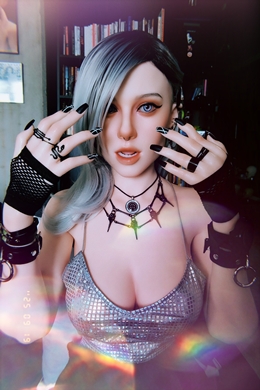

And that would be some Synthetiks-related news! It is now up to you to act upon it, so show your support by purchasing some books — one through my link! — and sending our Dragonfly some belated birthday wishes, there’s a good person
Random similar posts, for more timewasting:
For all future Dori-kei on November 13th, 2008
Sitting, staring / Eating bog roll?? on December 26th, 2010












